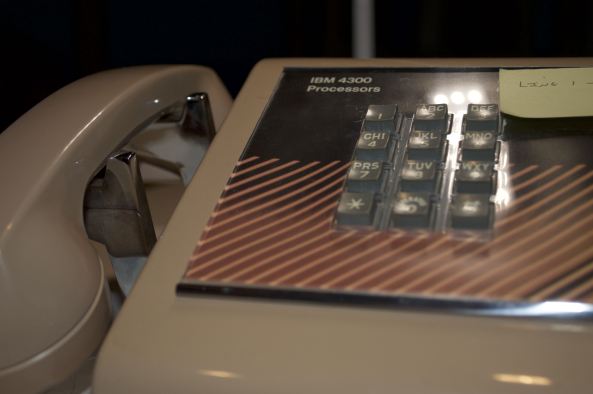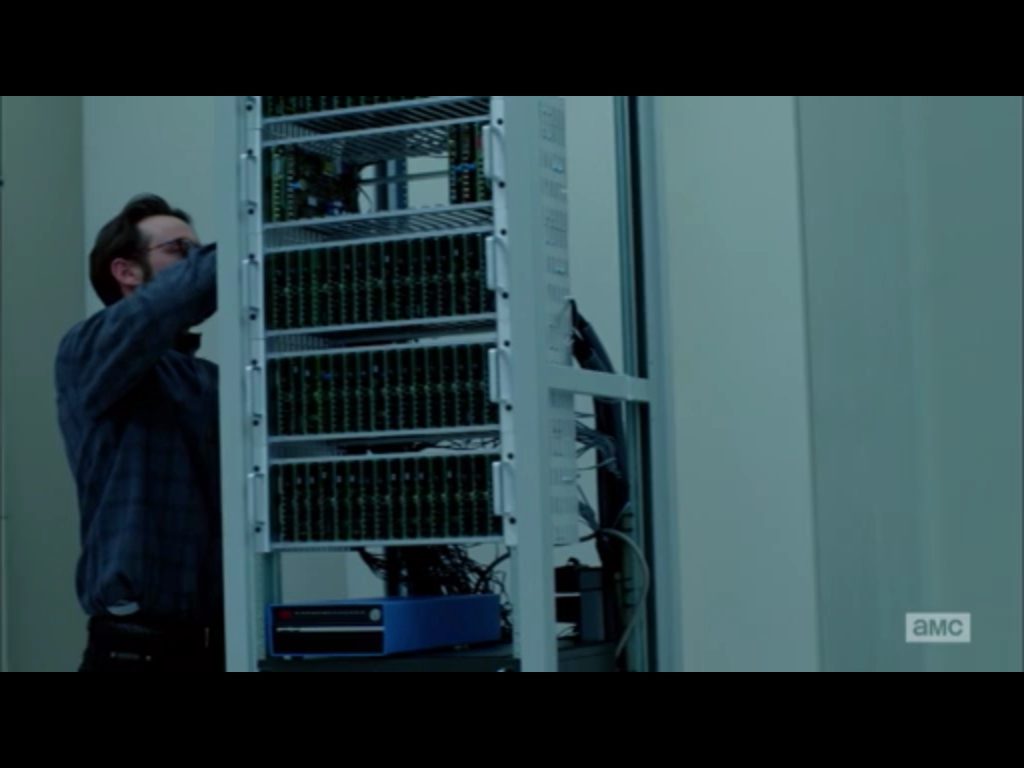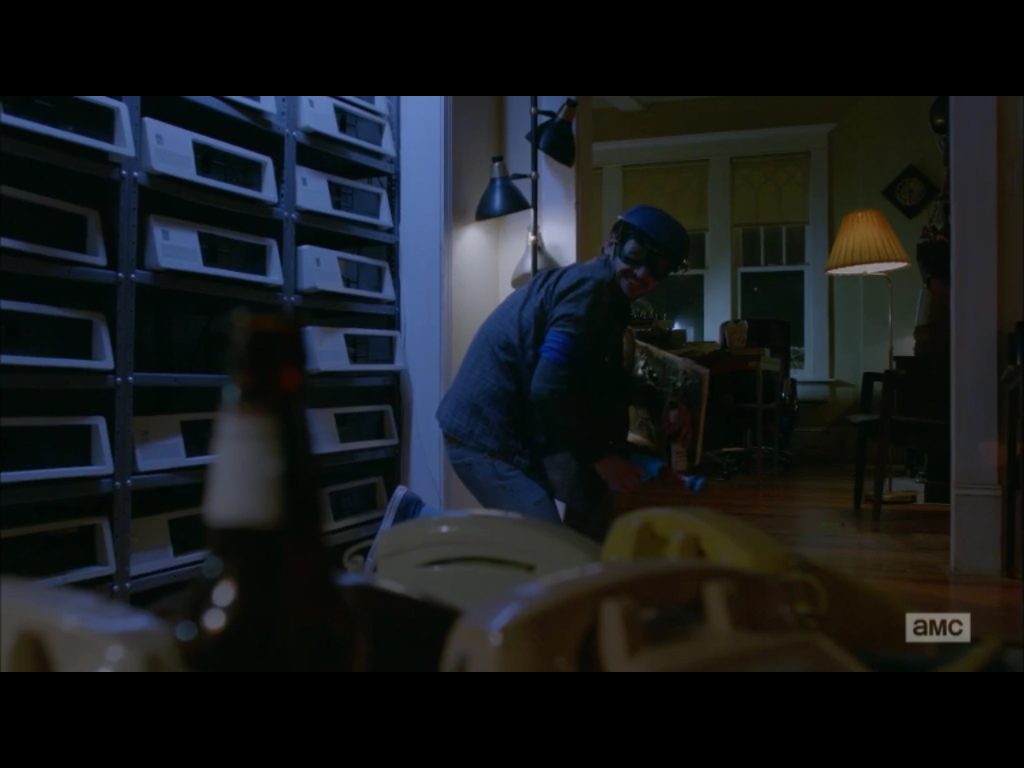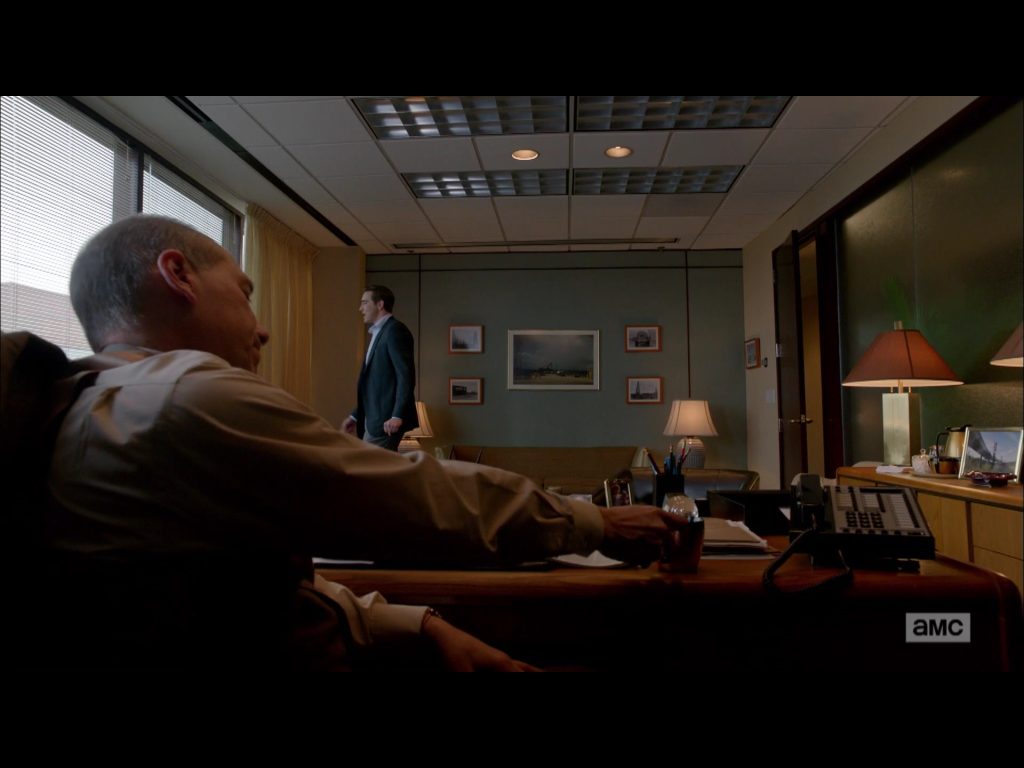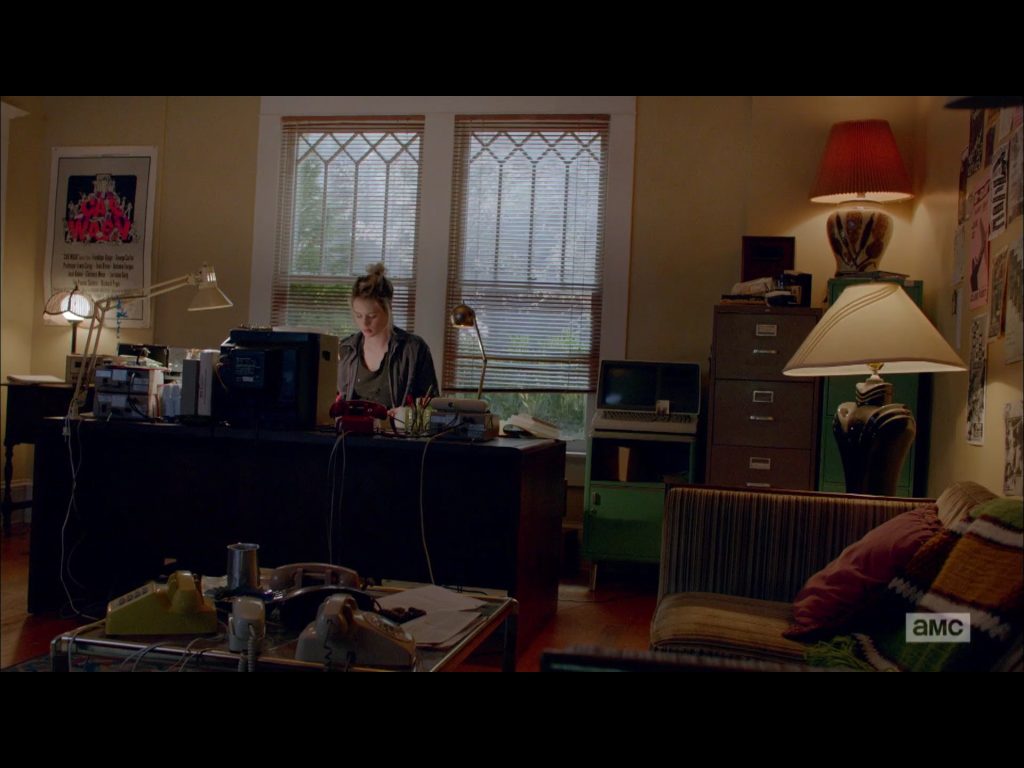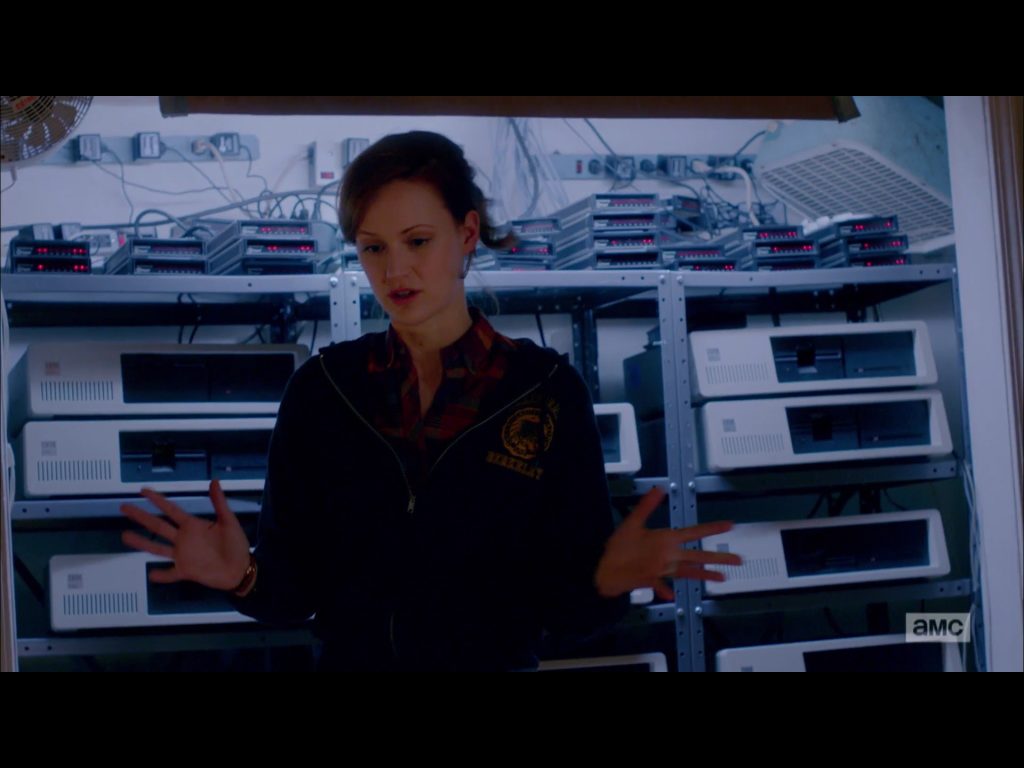Some people love voice mail, many just hate it. Many are apparently so egotistical, they think it’s not worth listening to 2 minutes of a voice based message than a generic email.
People also think email is better, but do you know the history of voicemail?
if the answer is no, lets go down memory lane of Voice Mail.
Voicemail is often assumed to be an electronic answering machine on a server. While it’s true, its origins was almost similar to sending a letter or an email, just with spoken word.
The first indication of such language was in printed publications in 1877. A famous man named Thomas Edison with an invention called the phonograph. For the Gen-X audience and older, this is basically a record player. Millenials are probably familiar to just be cool for the latest trend. While it was well known for songs, the ability to record spoken word, as a way to replace letter writing had the possibility. The “voice mail” language was in the lexicon by the 1910s.
While the answering machine was invented in the 1960s, the ability to install these would be so cost prohibitive, and worse, a wiring nightmare. In the early 1970s, Motorola introduced pagers that provided one way voice messages that would be answered by an “answering center” (this in 2017 is completely archaic with the advent of digital telephony, automated attendants, in fact the size of these answering centers were the size of contact centers, which was not existent at the time.) These pagers used UHF signals and were often used for volunteer fire fighters, etc. In this sense, this could be considered as a voice message.
Continue reading →
